
Decode Camp Staff Burnout: The Camp Staff Experience Wheel
The Camp Experience Wheel: Measuring the Camp Staff Experience Imagine this: it’s mid-July, the sun is blazing, and your camp is in full swing. Campers […]
Get in touch with any product inquiries you may have and we’ll do our absolute best to answer your questions by the next business day.
Want to see how UltraCamp could be utilized for your exact needs and situation? The first step is to schedule a quick 15-minute call so we can understand your unique needs. Next, we'll create a demo tailored to your camp. It will look and feel like you’ve opened registration already.
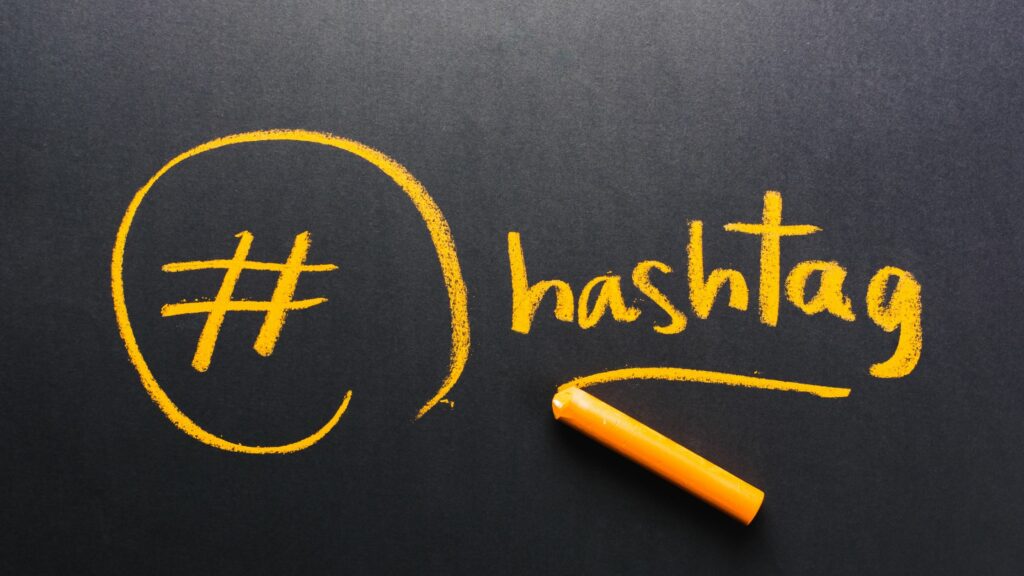
Ahhh hashtags – the tiny yet mighty symbols that have revolutionized how we communicate on social media. They’re like little digital passports that can take your content to new heights…or leave it stranded in social media oblivion.
Hashtags are a great way to categorize content, make it more discoverable, and increase its reach, but using them can be confusing. What hashtags work well? Which ones don’t? How many do you use? Are hashtags dead?
Don’t worry – we’re here to help. Here are some basic guidelines to help you get started. So sit back, grab a cup of coffee or kale and pineapple smoothie (tastes much better than it sounds), and let’s dive into the fascinating world of hashtags.
The most important thing to remember when using hashtags is to keep them relevant to your content. Don’t use a bunch of random hashtags that have nothing to do with your post. Use hashtags that accurately describe your content and will help your target audience find you.
Posting about the best s’mores recipe ever? Use hashtags like #foodie, #smores, #smorestime, or #campingfood, and then tag us so we can see it too (@ultracamphq).
There are three main types of hashtags: those that are very popular, those that are moderately popular, and those that are specific to a niche. Each type has pros and cons, but you can get the most out of social media by using a mix of them.
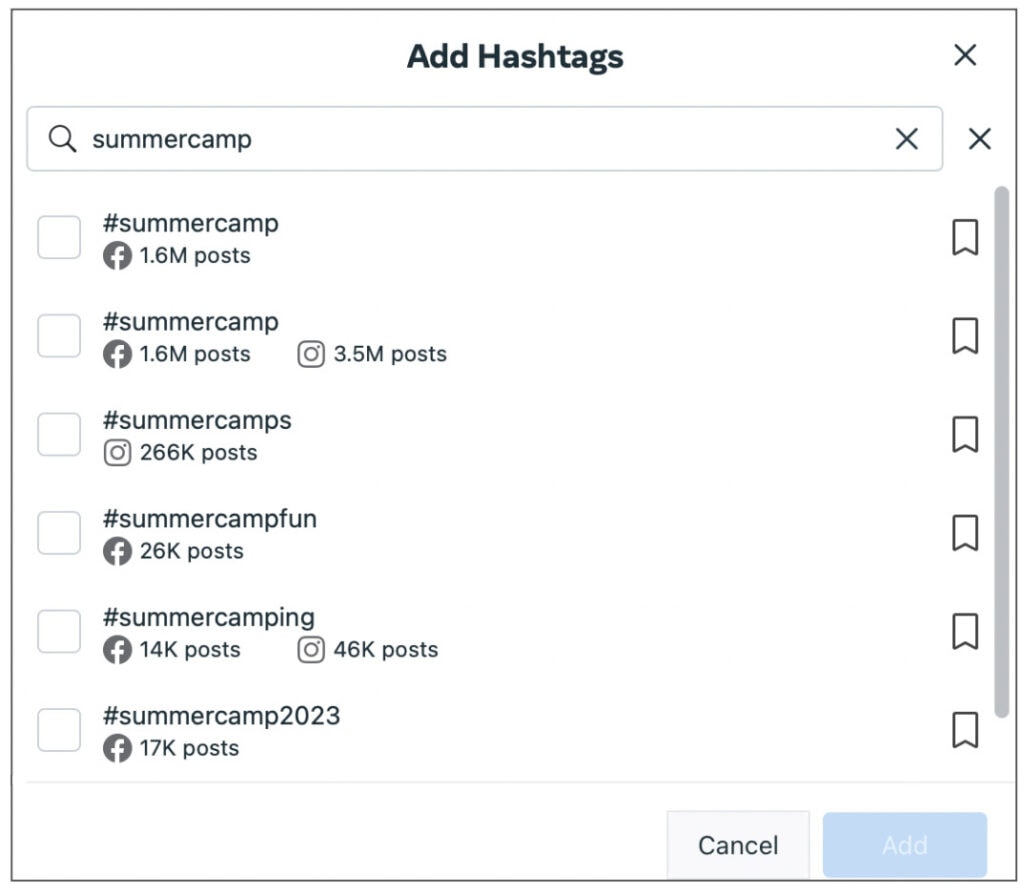
If you’re promoting your camp, company, or brand, consider using a branded hashtag. This can increase brand awareness and encourage user-generated content. For example, Coca-Cola uses the hashtag #ShareACoke to encourage people to share photos of themselves drinking Coca-Cola products.
In 2015, REI kicked off a social movement using the hashtag #OptOutside, urging people to enjoy the outdoors on Black Friday instead of getting caught up in the yearly shopping frenzy. Although not a brand-specific hashtag, it aligns with REI’s values, and has over 19 million Instagram posts featuring the hashtag.
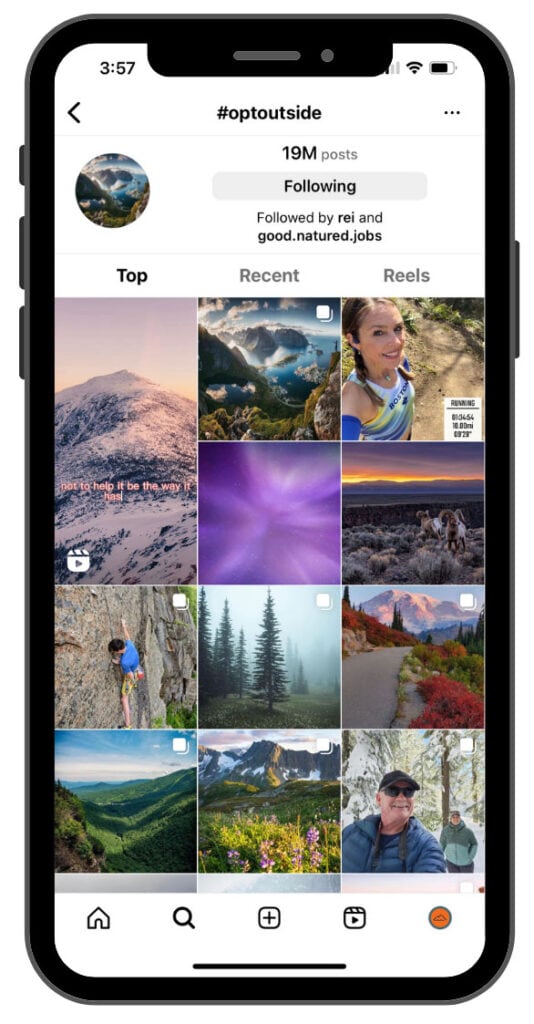
Aside from searching manually on each platform, there are many websites that can help you find the best hashtags for a topic. Some of the popular ones include Hashtagify, Tagsfinder, Best Hashtag, and All Hashtag.
Just type in a keyword or phrase related to your topic, and they’ll give you a list of hashtags you can use in your social media posts. Many will also show how popular and active each hashtag is, helping you choose the ones that will work best for your marketing strategy.
If you want to get the most out of hashtags, use them on every platform that allows them. While the rules for using hashtags may differ slightly between platforms, the basic principles still apply. Keep your hashtags relevant and specific, and don’t overdo it.
Last but not least, be sure to look at your results. See which hashtags bring the most people to your posts by looking at your engagement rates. By doing this, you can optimize your hashtag strategy and maximize the impact of your social media posts.
There are several ways to analyze which hashtags work best for your content:
And for that last question, are hashtags dead? Well, if you’ve read this far, you’ll know that answer is a strong no! Hashtags are still relevant and valuable to any social media strategy. But it’s important to note that using hashtags does not guarantee success. You’ll still need to create high-quality content, engage with your audience, and use other marketing strategies to get the most out of each platform.
Don’t underestimate the power of a good hashtag! They may seem small, but they can have a huge impact on your social media marketing. Learning the basics of hashtag strategy and using the right tools can make your brand stand out, increase engagement, and reach a wider audience. Start using hashtags today and see the difference they can make.


The Camp Experience Wheel: Measuring the Camp Staff Experience Imagine this: it’s mid-July, the sun is blazing, and your camp is in full swing. Campers […]

Here are some fun activities and icebreakers perfect for the first day of camp! Mix these games in while going over the camp rules, and […]
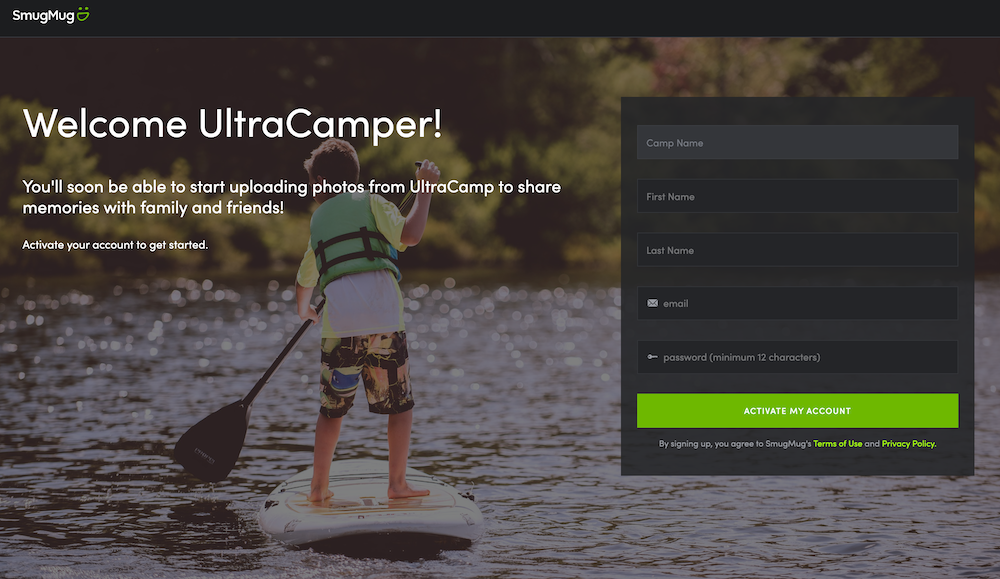
UltraCamp has partnered with SmugMug, the leading photo sharing service, to bring you a fantastic new photo gallery integration. This new feature will make managing and […]
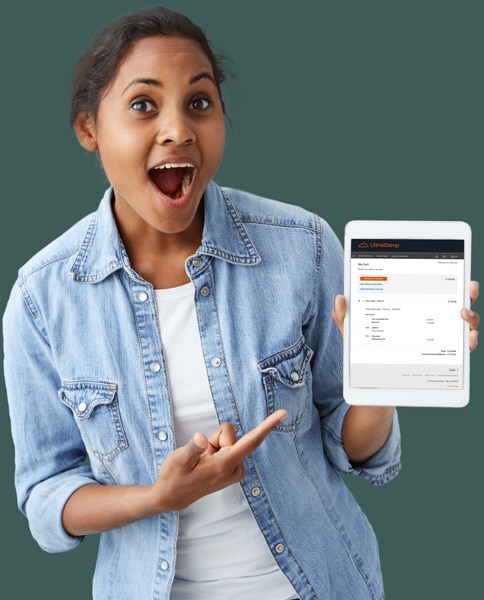
Subscribe to our newsletter for helpful camp tips & tricks
UltraCamp customer support is limited to camp administrators only. If you are not an administrator, please contact your camp or organization directly for assistance.